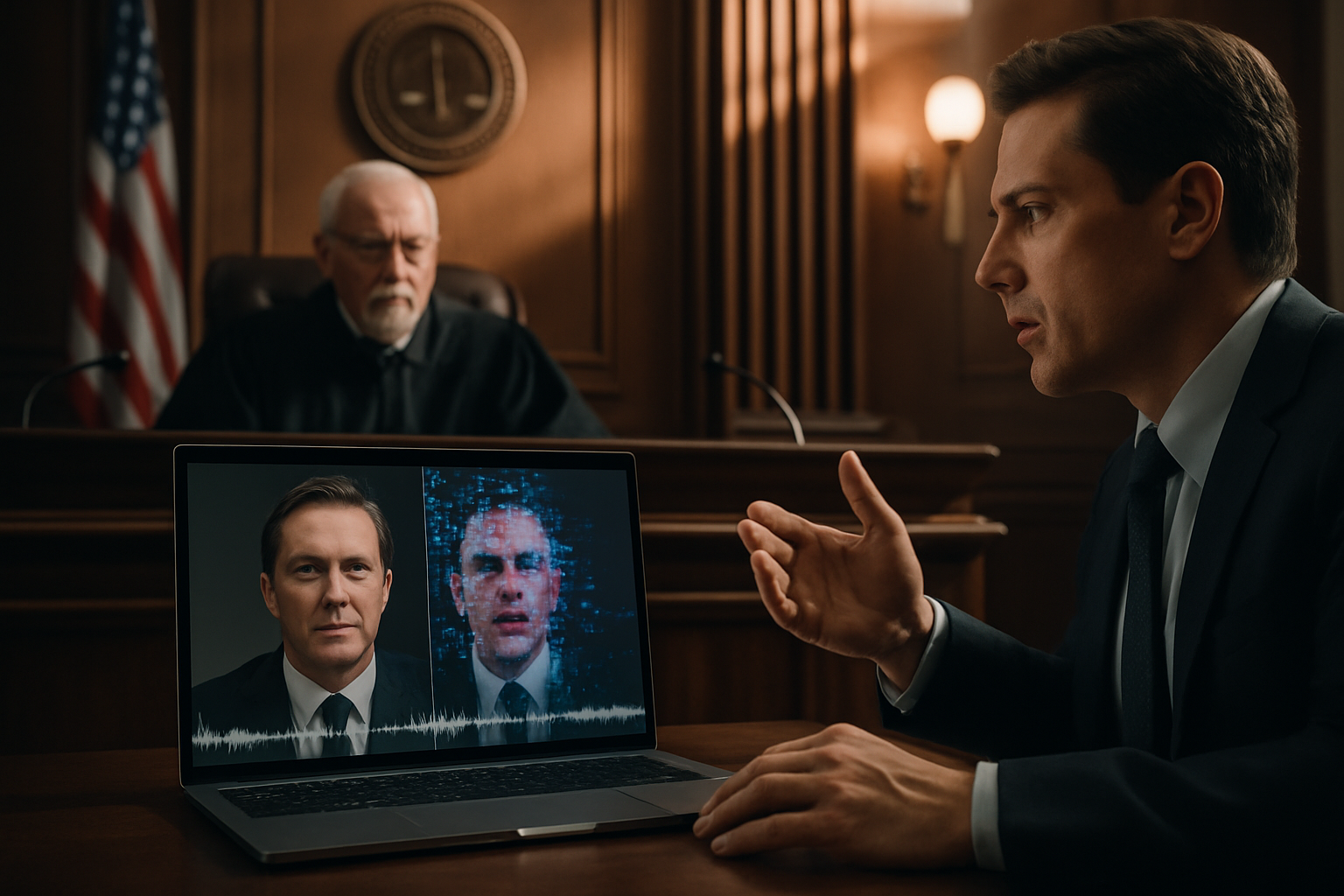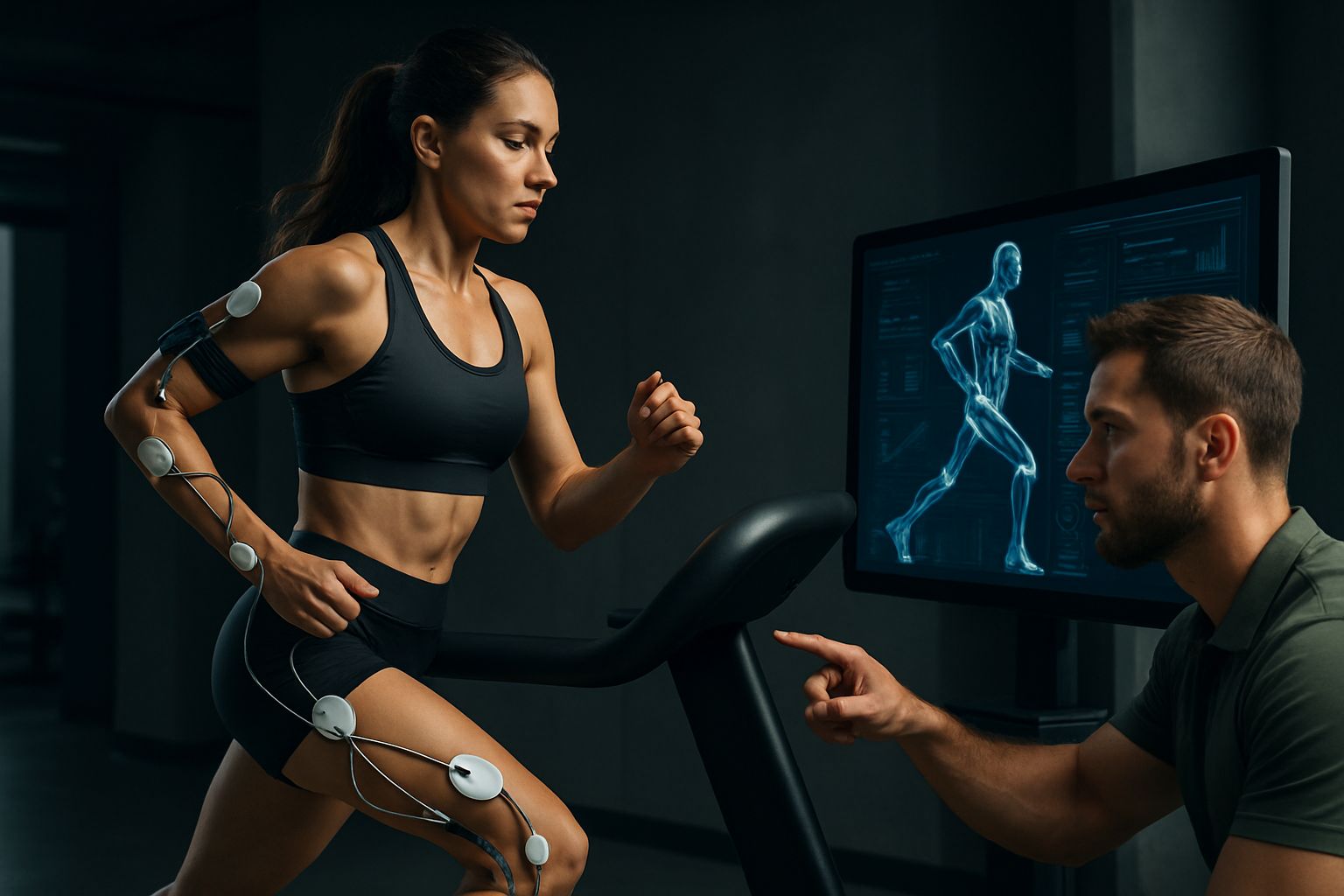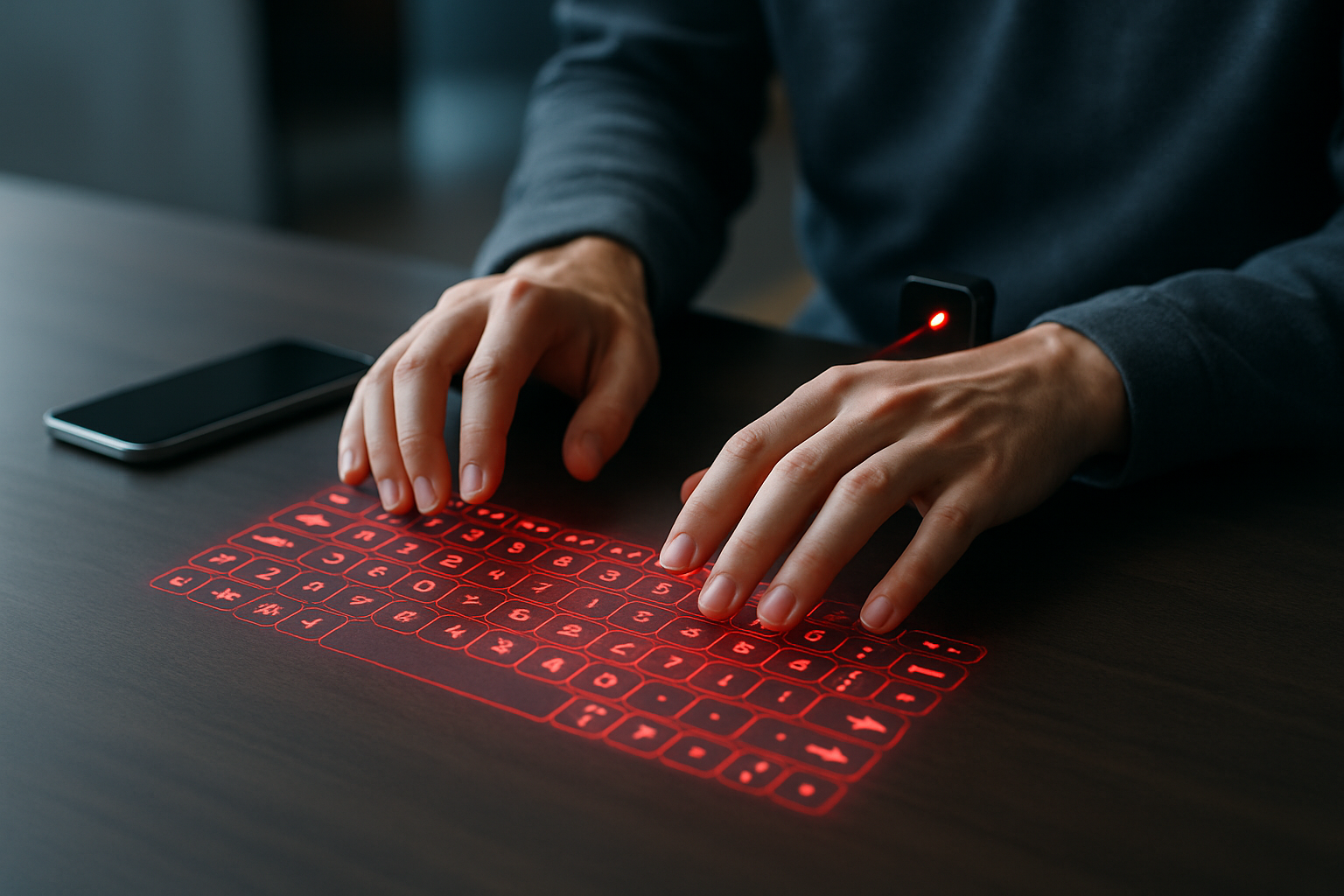Legal Implications of Deepfake Technology in Criminal Proceedings
Introduction: The rise of deepfake technology presents unprecedented challenges to the criminal justice system. As artificial intelligence continues to advance, the ability to create hyper-realistic fake videos and audio recordings threatens the integrity of evidence in courtrooms. This article explores the legal ramifications of deepfakes in criminal proceedings and the evolving landscape of digital forensics.

The technology behind deepfakes has become increasingly accessible, with user-friendly software allowing even those with limited technical expertise to create convincing fake content. This democratization of deepfake creation has raised alarms within the legal community, as the potential for misuse in criminal proceedings becomes more apparent.
Challenges to Evidence Admissibility
One of the most significant legal implications of deepfake technology is its potential to undermine the admissibility of digital evidence in criminal trials. The Federal Rules of Evidence, particularly Rule 901, require that evidence be authenticated or identified to be admitted. With the advent of deepfakes, the process of authenticating digital evidence has become exponentially more complex.
Courts now face the daunting task of distinguishing between genuine and fabricated digital content. This challenge extends beyond video and audio evidence to potentially include doctored photographs and manipulated text messages. The traditional methods of authentication, such as witness testimony or chain of custody documentation, may no longer suffice in the face of sophisticated deepfake technology.
The Role of Digital Forensics
As deepfakes become more prevalent, the field of digital forensics is rapidly evolving to meet the challenge. Forensic experts are developing new techniques to detect manipulated media, including analyzing pixel-level inconsistencies, examining audio wavelengths, and utilizing machine learning algorithms to identify telltale signs of manipulation.
However, the cat-and-mouse game between deepfake creators and forensic analysts presents ongoing challenges. As detection methods improve, so too does the sophistication of deepfake technology. This constant evolution raises questions about the long-term reliability of digital evidence in criminal proceedings and the need for continual education and training for legal professionals and forensic experts.
Legal Framework and Proposed Legislation
The legal system is still catching up to the realities of deepfake technology. While some existing laws, such as those addressing fraud or defamation, may be applicable in certain cases involving deepfakes, there is a growing push for specific legislation to address the unique challenges posed by this technology.
Several states have already enacted laws targeting the malicious use of deepfakes, particularly in the context of pornography and election interference. At the federal level, proposed legislation such as the Deepfake Task Force Act aims to establish a comprehensive approach to studying and combating the threats posed by deepfakes.
These legislative efforts must balance the need to protect against the malicious use of deepfakes with concerns about free speech and artistic expression. Crafting laws that are both effective and constitutionally sound remains a significant challenge for lawmakers.
Implications for Due Process and Fair Trials
The potential for deepfakes to be used in criminal proceedings raises serious concerns about due process and the right to a fair trial. False confessions or fabricated witness testimonies created using deepfake technology could lead to wrongful convictions. Conversely, genuine evidence could be discredited by claims that it has been manipulated, potentially allowing guilty parties to escape justice.
These issues extend beyond the courtroom, affecting plea bargaining and settlement negotiations. The mere threat of introducing deepfake evidence, whether real or not, could significantly influence legal strategies and outcomes.
Ethical Considerations for Legal Professionals
The advent of deepfake technology also presents ethical dilemmas for lawyers, judges, and other legal professionals. The American Bar Association’s Model Rules of Professional Conduct require lawyers to provide competent representation, which now includes understanding the implications of deepfake technology and how to address it in legal proceedings.
Judges must also grapple with new challenges in managing trials and evaluating evidence. The need for specialized training and potentially expert witnesses to assist in understanding and identifying deepfakes adds another layer of complexity to an already intricate legal process.
Conclusion
As deepfake technology continues to advance, its impact on criminal proceedings will undoubtedly grow. The legal system must adapt quickly to address the challenges posed by this emerging technology, balancing the need for justice with the protection of individual rights. Ongoing collaboration between legal professionals, technologists, and policymakers will be crucial in developing effective strategies to maintain the integrity of the criminal justice system in the face of this digital revolution.





